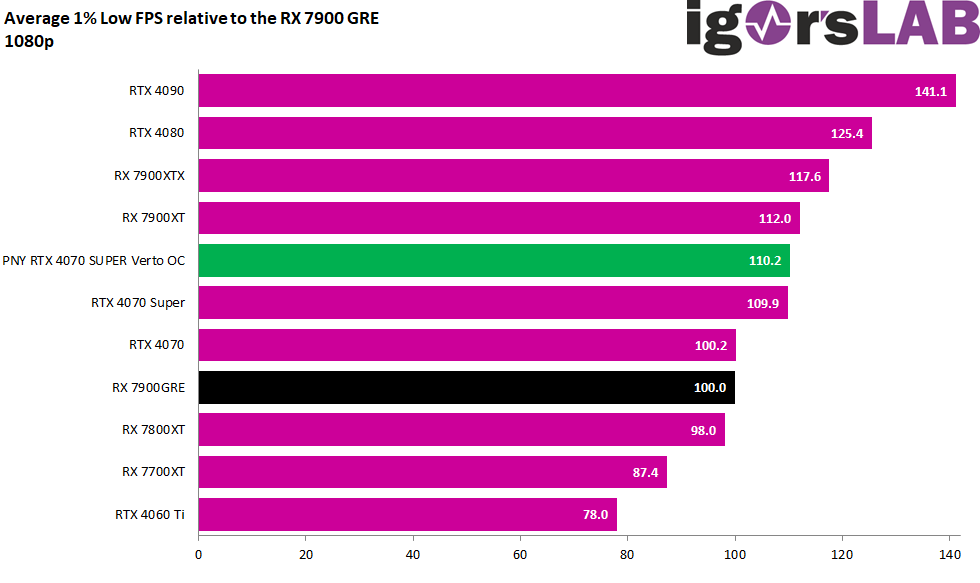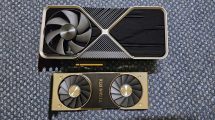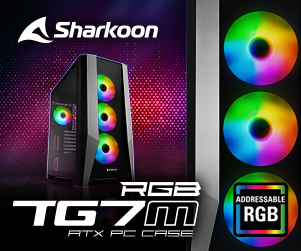Important preliminary remark
We are doing the same with the benchmarks today as we did in the launch article. This is important because in the sum of all games, the peculiarities of the respective architectures quickly become blurred. And yet something has changed. In the end, there are only 10 specially selected games, but I chose them from over 20 titles and the pre-tests with several cards as examples, because the result was almost exactly the same in the end. The weighting between the titles with pure raster graphics completely without DXR and with DXR or DirectX12 features was done in a ratio of 6:4, whereby the titles and the implementation are very different.
DXR is being implemented in more and more games and almost all current engines now support it. From this point of view, it would be just as unfair to do without it completely as to only use such titles with DXR. As every user has different preferences and some prefer to do without DXR completely (why is that?), I am once again accommodating all target groups, but have tightened the reins a little. DLSS up to version 3.5 and FSR2/FSR3 including frame generation from both providers are now also included.
Sum of all games
First, I’ll show you the normalized results of all games, because that’s what most people are most interested in. The details will of course follow in the usual detail. I have normalized the FPS and percentiles and formed a geometric mean (geomean) because this is simply more accurate from a statistical point of view and is also used in the industry.
The 6.3 percent advantage of the card over the RX 7900GRE would certainly have been significantly higher if the overclocked CPU wasn’t already partially limiting it. The non-Super is on a par with the Radeon RX 7800XT, which makes NVIDIA’s upgrade plausible. You are more expensive, so you have to be faster.
In terms of P1, i.e. the Min FPS, the two variants as Super with and without OC and as Non-Super are much closer together. The CPU limit is also clearly noticeable here.
The power consumption is as expected, but the approximately 88 watts compared to an RX 7900GRE are downright humiliating when you consider the equivalent value in FPS.
The efficiency is also still impressive.
- 1 - Introduction, technical data and technology
- 2 - Test system and measuring equipment
- 3 - Teardown: Disassembling and cooler
- 4 - Teardown: PCB and components
- 5 - Teardown: Material analysis
- 6 - Gaming Performance FHD (1920 x 1080)
- 7 - Gaming-Performance WQHD (2560 x 1440)
- 8 - Gaming Performance Ultra-HD (3840 x 2160)
- 9 - Gaming Performance DLSS & FSR
- 10 - Power consumption and load balancing
- 11 - Transients, capping and PSU recommendation
- 12 - Temperatures, clock rate and tehrmal imaging
- 13 - Fan curves, noise and audio samples
- 14 - Summary and conclusion







































64 Antworten
Kommentar
Lade neue Kommentare
Urgestein
Veteran
Urgestein
Urgestein
Urgestein
Urgestein
Urgestein
Urgestein
Urgestein
Urgestein
Urgestein
Urgestein
Urgestein
Veteran
Mitglied
Alle Kommentare lesen unter igor´sLAB Community →